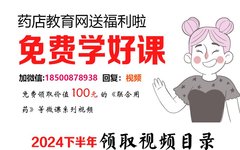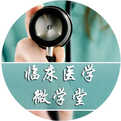Understanding the Four Diagnostic Methods in Traditional Chinese Medicine: Palpation Diagnosis
Palpation diagnosis is an important component of the four diagnostic methods in Traditional Chinese Medicine (TCM), playing a crucial role in the process of syndrome differentiation. The application of palpation is broad, involving techniques such as touch, pressure, and tapping on various body parts including the head, neck, chest, abdomen, hands, feet, skin, and acupoints.1. … Read more










